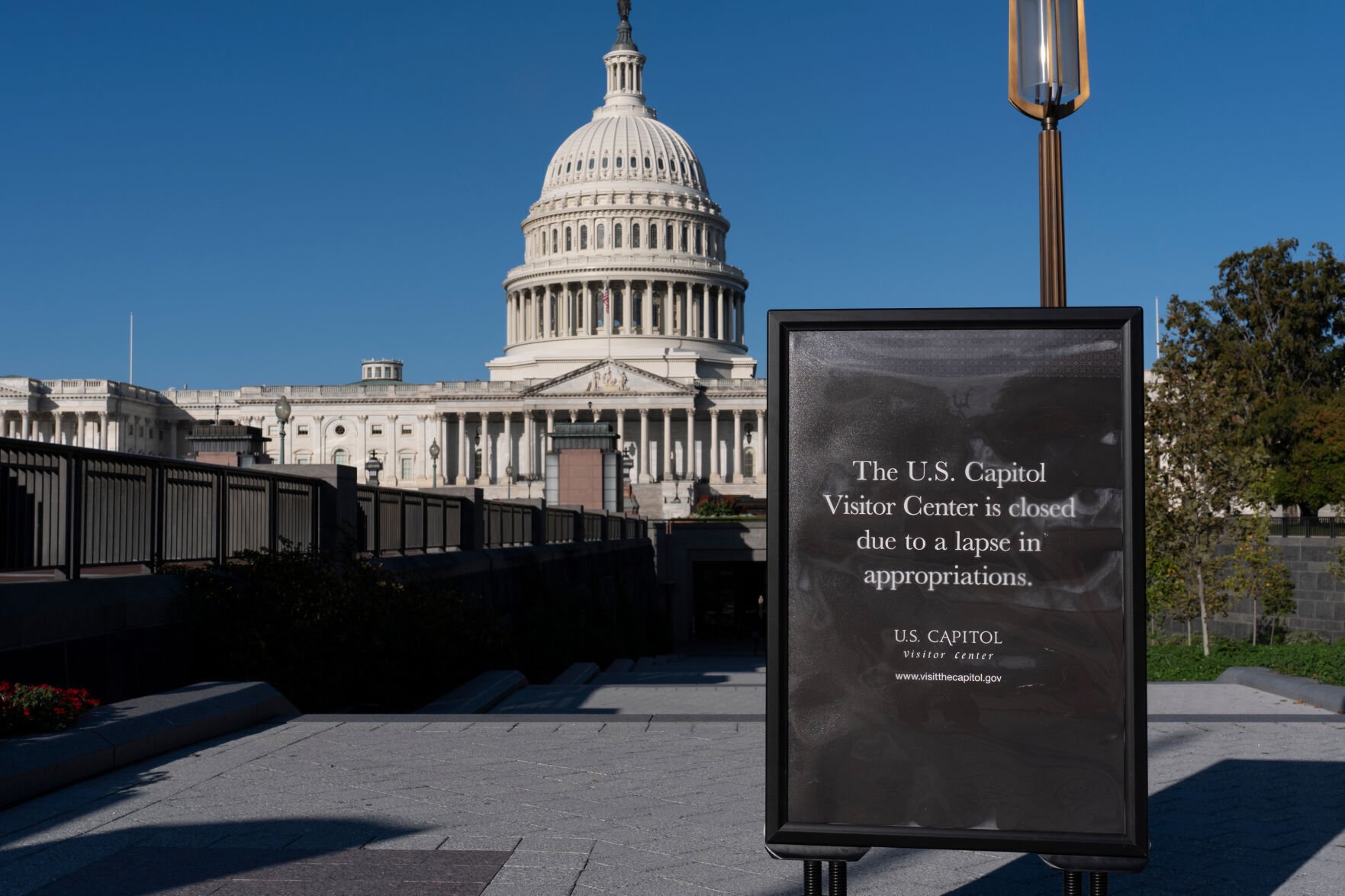America’s national debt is mounting at a pace so rapid—nearly $70,000 every passing second—that many no longer pay attention. Lynn Ashby highlights this collective inattentiveness, reminding each of us that our personal share of the debt is already in six figures.
LYNN ASHBY: America has an attention-to-deficit problem

Key Takeaways:
- America’s national debt has been rising by about $69,713.82 each second.
- Each individual’s share hovers around $114,000.
- Many Americans lack focus on how swiftly this debt is piling up.
- Government finances, taxes, and tariffs all factor into the growing deficit.
- Lynn Ashby underscores the urgency of this issue through stark, eye-catching figures.
The Growing Burden
The United States has reached a situation where the total national debt is increasing by an estimated $69,713.82 per second. This staggering rate highlights just how quickly the country’s obligations pile up, but much of the public remains either unaware or disinterested in this spiraling number.
A Personal Share: $114,000 per Person
In her commentary, Lynn Ashby points to the equally startling notion that every American effectively carries a share of around $114,000 in debt. While such an amount might seem theoretical, it underscores the sheer breadth of the economic challenge facing taxpayers today.
Why It Matters
Government budget balances, taxes, and tariffs all impact the national bottom line. As debt accumulates, the future ramifications could include increased taxes or cuts to essential services. A high debt load also has consequences for economic growth, affecting job creation and public investment in infrastructure and education.
The Public’s Short Attention Span
Ashby’s criticism extends beyond policy, suggesting many people have simply tuned out the troubling numbers. She laments that these “old news” debt figures, which were shocking once upon a time, have lost their impact on an attention-shy public. The risk is complacency—if nobody is paying attention, the problem only grows.
The Call to Pay Attention
Lynn Ashby’s final takeaway is that Americans must face this financial reality rather than leave it to another day. Ending the collective disregard for these daunting numbers could be the first step in reevaluating our national priorities—and ensuring that the next debt milestones stop catching us off guard.











